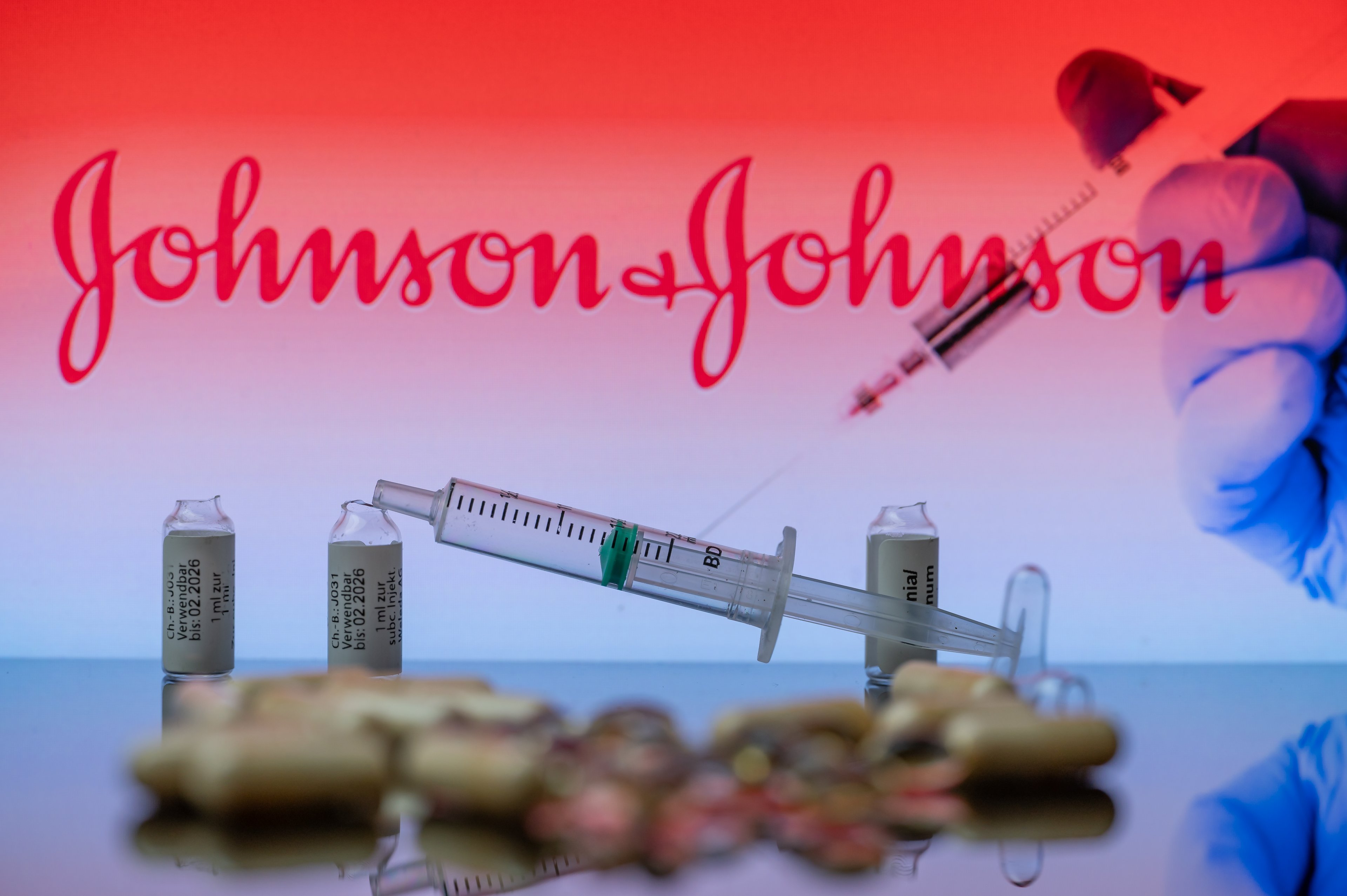Johnson & Johnson's (JNJ +1.94%) pharmaceutical business segment usually is a bright spot when the company reports its financial results. That wasn't the case, however, in J&J's first quarter. Sales for the pharmaceutical segment increased a dismal 0.8% year over year. U.S. pharmaceutical sales actually declined 1.3% from the prior-year period.
When will the pharmaceutical segment return to solid growth? J&J's answer at its pharmaceutical business review day on Wednesday was "soon." CEO Alex Gorsky said that Johnson & Johnson is committed to becoming one of the top three global pharmaceutical companies by the end of the decade, beating the brand-drug market growth in the process. Here are three ways J&J plans to accomplish these goals.

Image source: Getty Images.
1. Bank on "the remarkable five" megablockbusters
Joaquin Duato, Johnson & Johnson's worldwide chairman of its pharmaceuticals segment, said that the company would gain much of its growth from what he called "the remarkable five" megablockbusters. These "remarkable five" drugs are Stelara, Xarelto, Invega Trinza, Imbruvica, and Darzalex.
In 2016, only two of these drugs were clear-cut megablockbusters -- Stelara and Xarelto, with sales of $3.2 billion and $2.3 billion, respectively. J&J's Invega franchise, which includes Invega Sustenna, Xeplion, and Invega Trinza, generated combined sales of $2.2 billion. Imbruvica reached blockbuster (but not megablockbuster) status with sales of $1.3 billion, while Darzalex generated sales totaling $572 million.
Duato's reference to these drugs as "the remarkable five" is largely deserved, though. Stelara seems poised for accelerated growth with launches in several countries coming up as a Crohn's disease treatment and with label extensions into additional indications. Invega Trinza's efficacy has kicked Invega Sustenna's sales into high gear with the two drugs delivered in combination. Imbruvica and Darzalex have tremendous upward potential.
Xarelto should grow sales also, but Eliquis, which is jointly marketed by Bristol-Myers Squibb and Pfizer (PFE 0.47%), claims more than twice the market share than J&J's anticoagulant does. What's more, data from a real-world study presented earlier this year showed that patients taking Eliquis had a significantly lower risk of major bleeding than Xarelto and was more cost-effective.
2. Deliver at least 10 new blockbuster drugs by 2021
Duato noted that Johnson & Johnson will either launch or file for regulatory approval for at least 10 new drugs by 2021 that hold the potential for annual sales of $1 billion or more. He highlighted five of these candidates, but surprisingly didn't have a catchy nickname for them.
J&J is already awaiting approval for two of these potential blockbusters: psoriasis drug guselkumab (to be branded as Tremfya) and rheumatoid arthritis drug sirukumab. Two late-stage clinical studies found guselkumab to be more effective than market leader Humira. Sirukumab could benefit from the high rate of churn among rheumatoid arthritis patients seeking more effective therapies.
The company expects to file for approval of three other pipeline candidates in the near future. Apalutamide is being evaluated in two late-stage studies as a treatment for prostate cancer, one as a monotherapy and the other in combination with Zytiga. Esketamine could be a game-changing treatment for depression. Talacotuzumab has the potential to become a foundational therapy in treating acute myeloid leukemia.
3. Capitalize on a new therapeutic area
Johnson & Johnson's pending acquisition of Actelion (NASDAQOTH: ALIOF) provides the third avenue for growth. The deal will allow J&J to jump into the pulmonary arterial hypertension (PAH) market with two approved products -- Opsumit and Uptravi. Duato thinks that both PAH drugs could generate multibillion-dollar sales.
There has been considerable skepticism about the Actelion acquisition, especially over the $30 billion price tag. However, Duato said that J&J is confident about the deal for several reasons. He thinks that there will be plenty of opportunities for combo treatments with Actelion's drugs and significant potential for expanding access to new patient populations in early therapy and in additional areas. In addition, Johnson & Johnson believes that its global scope will enable it to open access to more patients throughout the world.
Can Johnson & Johnson achieve its goals?
The plan laid out by J&J executives makes sense. Those "remarkable five" drugs have solid growth potential. The company's pipeline is one of the best of all big pharma companies, in my view. And, despite overpaying for Actelion, the acquisition could deliver growth as expected.
Johnson & Johnson still must overcome the threat to Remicade. Pfizer is already marketing Inflectra, a biosimilar to J&J's current top-selling drug. J&J will be able to discount Remicade to help stem market share loss to some extent, but Inflectra will no doubt make a significant dent in Remicade sales over time.
Can J&J achieve its goals of becoming a top three global pharmaceutical company and beating the market in growth? I think so. The company already ranks as the No. 5 pharmaceutical company worldwide and the No. 2 pharmaceutical company in the U.S. J&J's pharmaceutical sales growth was nearly twice the level of the global branded-drug market from 2010 through 2016. Despite sluggishness so far this year, the company should be able to return to its winning ways.







